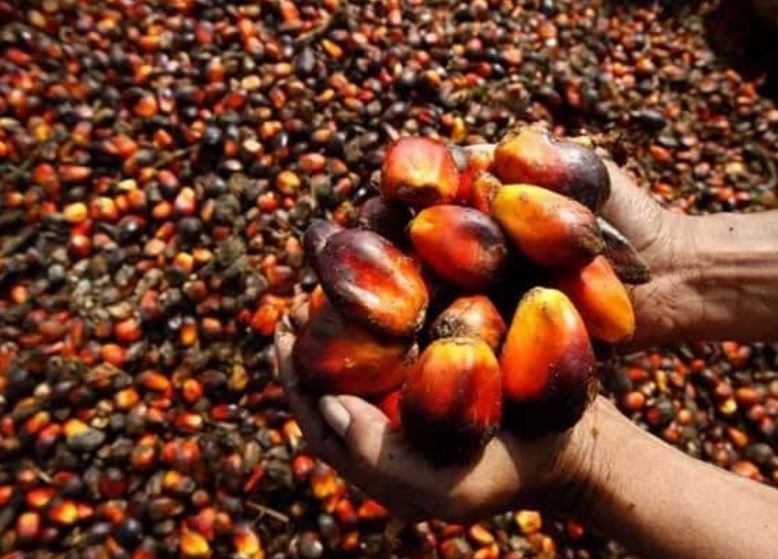Overcoming Challenges in Palm Oil Farming: Practical Solutions for Success
Every palm oil farmer knows that growing a successful plantation is no small feat. From battling unpredictable weather to managing rising costs, the journey often feels like navigating a maze. Yet, for every challenge, there’s a solution waiting to be discovered.
Have you ever asked yourself, Why are my yields lower than expected? Why do pests keep attacking my trees? Or how can I manage costs without sacrificing productivity? If these questions sound familiar, you’re not alone.
In this article, we’ll uncover common problems in palm oil farming and provide practical, actionable solutions to help you turn obstacles into opportunities.
Problem 1 : Low Yields Despite Proper Care
The Cause
Low yields often stem from:
- Nutrient Deficiency: Over time, soil can lose essential nutrients, reducing tree productivity.
- Improper Planting Techniques: Incorrect spacing or poorly selected seedlings can limit growth.
- Pests and Diseases: Uncontrolled infestations can severely impact fruit production.
The Solution
-
Soil Testing and Fertilization
- Conduct regular soil tests to determine nutrient levels and apply fertilizers accordingly.
- Use organic matter or compost to enrich the soil naturally.
-
Plant Quality Seedlings
- Invest in high-yield, disease-resistant palm oil varieties.
- Maintain proper spacing to ensure trees receive adequate sunlight and nutrients.
-
Integrated Pest Management (IPM)
- Monitor your plantation regularly for early signs of pests or disease.
- Introduce natural predators, such as certain insects, to keep pest populations in check.

Problem 2 : Rising Costs of Farming Inputs
The Cause
- Increasing prices for fertilizers, labor, and equipment are a common concern.
- Inefficient resource usage further drives up costs.
The Solution
-
Precision Agriculture
- Use tools like soil sensors or drones to target specific areas that need fertilizer or water.
- This minimizes waste and reduces input costs.
-
Cooperative Buying
- Join farmer cooperatives to purchase inputs in bulk at discounted rates.
-
Energy Efficiency
- Invest in energy-saving equipment, such as solar-powered irrigation systems, to cut utility bills.
Problem 3 : Pests and Diseases
The Cause
Common pests like rhinoceros beetles and diseases such as Ganoderma can devastate plantations if left unchecked.
The Solution
-
Early Detection
- Inspect trees regularly for symptoms such as yellowing leaves or wilting.
- Use drone technology to monitor large plantations for pest infestations.
-
Biological Controls
- Employ natural predators or biopesticides to combat pests without harming the environment.
- For diseases like Ganoderma, focus on preventative measures such as planting resistant varieties.
-
Cultural Practices
- Keep the plantation clean by removing dead fronds and debris, which can harbor pests and diseases.
Problem 4 : Market Uncertainty and Price Fluctuations
The Cause
Global demand, geopolitical events, and competition from alternative oils often lead to unpredictable palm oil prices.
The Solution
-
Diversify Income Streams
- Plant complementary crops like cocoa or fruit trees to generate additional income.
- Utilize palm oil by-products, such as palm kernel shells, for bioenergy or other uses.
-
Focus on Quality
- Certified sustainable palm oil fetches higher prices in premium markets.
- Follow best practices to produce high-quality oil that meets market demands.
-
Stay Informed
- Monitor global market trends and adjust your harvesting and selling schedules to align with favorable prices.
Problem 5 : Environmental Concerns and Sustainability Pressure
The Cause
Palm oil farming faces criticism for deforestation and environmental degradation, which can limit market access.
The Solution
-
Adopt Sustainable Practices
- Implement agroforestry techniques, combining palm oil with other plants to maintain biodiversity.
- Avoid clearing forests for new plantations; focus on improving existing land.
-
Earn Certification
- Apply for certifications like RSPO (Roundtable on Sustainable Palm Oil) to prove your commitment to sustainability.
- Certification not only improves your reputation but also opens doors to better-paying markets.
-
Educate the Community
- Involve workers and local communities in sustainable initiatives, creating a positive impact beyond your plantation.
Problem 6 : Labor Shortages
The Cause
The demanding nature of palm oil farming often makes it hard to find and retain skilled workers.
The Solution
-
Mechanization
- Invest in automated tools like mechanical harvesters or self-driving tractors to reduce dependence on manual labor.
-
Training and Incentives
- Provide training to improve worker skills and efficiency.
- Offer incentives such as fair wages, bonuses, or housing to retain employees.
Conclusion
Every problem in palm oil farming is an opportunity to grow, both literally and figuratively. By understanding the root causes of common challenges and implementing practical solutions, you can transform your plantation into a thriving, sustainable business.
Remember, success in palm oil farming doesn’t come from avoiding challenges but from tackling them head-on with smart strategies and a resilient mindset. Your farm has the potential to flourish, and with the right tools and knowledge, you can turn obstacles into stepping stones toward a brighter future.


